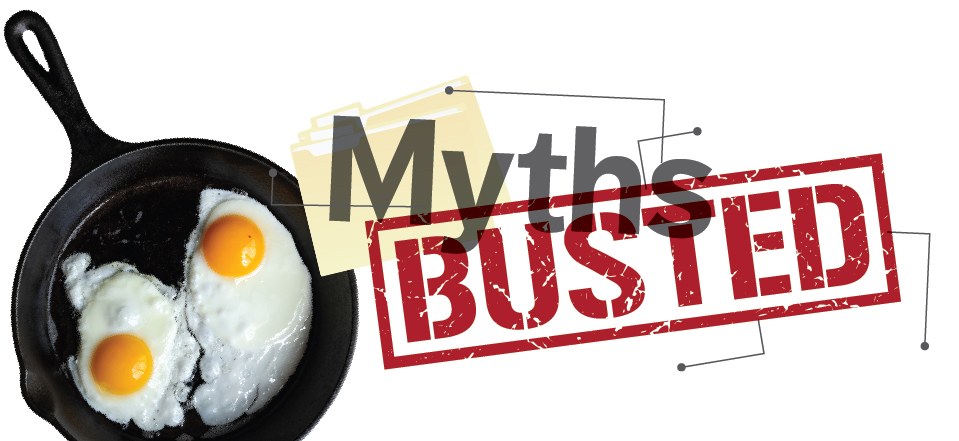Getting Back at Sciatic Nerve Pain and What Can Help
January 8, 2024By: Kim Shopper
Categories: Your Wellness

Back pain that makes it difficult to walk, stand or even sit for long periods could be triggered by the sciatic nerve, a large bundle of nerves extending from the lower spinal cord, through the buttocks, and down the back of each leg. For some people, sciatic pain is severe and disabling while others describe it as infrequent.
Sciatic pain usually starts in the lower back, shoots down one leg and often travels into the foot. It can worsen with coughing or sneezing.
The causes differ for each person, but common reasons are injury and aging.
Sciatica Symptoms
Most sciatica sufferers report one or more of these symptoms.
- Lower back pain
- Hip pain
- Burning or tingling down the leg
- Weakness, numbness or difficulty moving the leg or foot
- Constant or shooting pain in a buttock, leg or hip that worsens when sitting
When to Seek Medical Attention
Seek help immediately for:
- Fever and back pain
- Swelling or redness in your back or spine
- Pain that moves down your legs
- Numbness or weakness in the upper thighs, legs, pelvis or buttocks
- Burning when urinating or blood in the urine
- Loss of bladder or bowel control
Causes and Risks
Sciatica results from irritation of the root(s) of your lower lumbar and lumbosacral spine. A herniated disk causes most sciatic pain as well as these conditions.
- Lumbar spinal stenosis (narrowing of the spinal canal in the lower back)
- Degenerative disk disease (breakdown of disks, which act as cushions between the vertebrae)
- Spondylolisthesis (when one vertebra slips forward over another)
- Pregnancy
- Muscle spasm in the back or buttocks
These lifestyle factors may lead to sciatica pain:
- Aging
- Diabetes
- Larger body size
- Sedentary lifestyle
- Weak core muscles (glutes, abs and back)
- Regular wearing of high heels
- Too hard or too soft mattress
- Smoking
- Job requiring sitting or driving for long periods of time, twisting the back or carrying heavy things
- Endometriosis
- Lower back or spinal injury
Sciatica Treatment
Help for sciatic pain may start with over-the-counter or prescribed medications followed by physical therapy, steroid injections or surgery.
For many people with mild sciatica, time heals. Symptoms usually improve in a few weeks without medical treatment. But for more severe pain, it can take months or longer to improve. Consult your primary care provider for a diagnosis and long-term plan.



